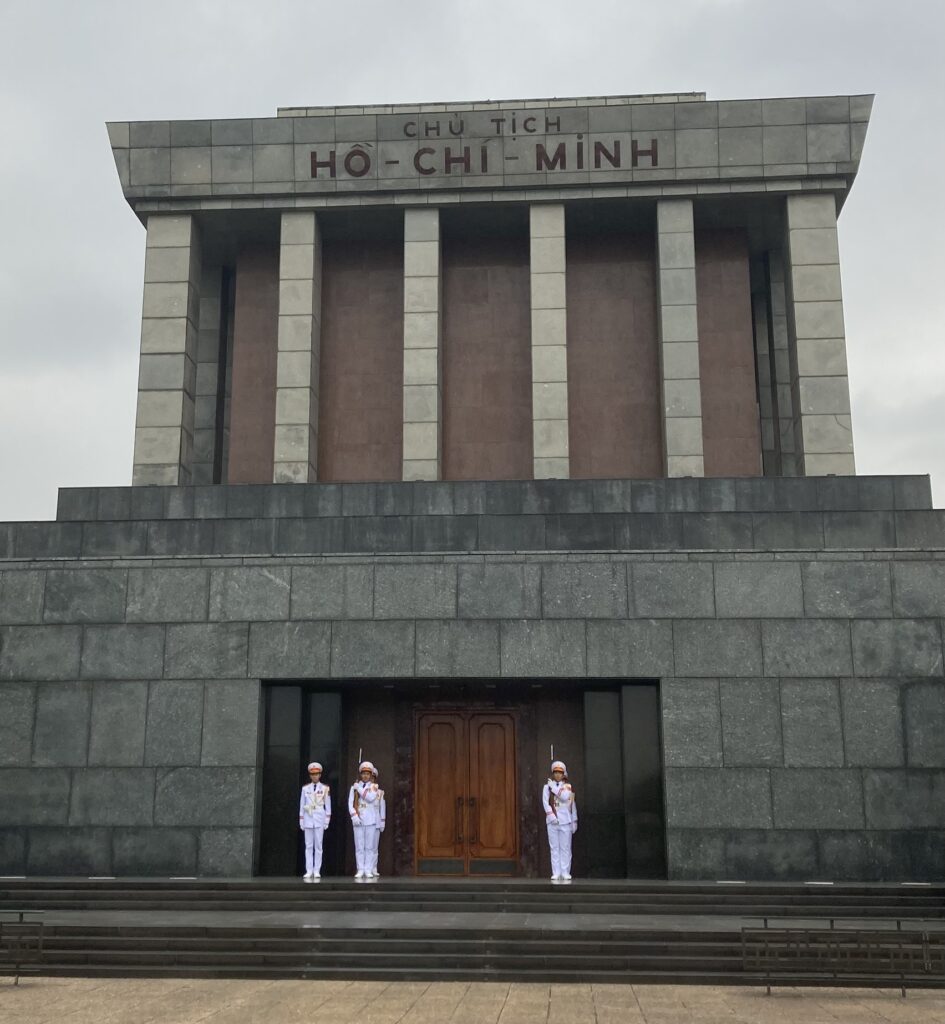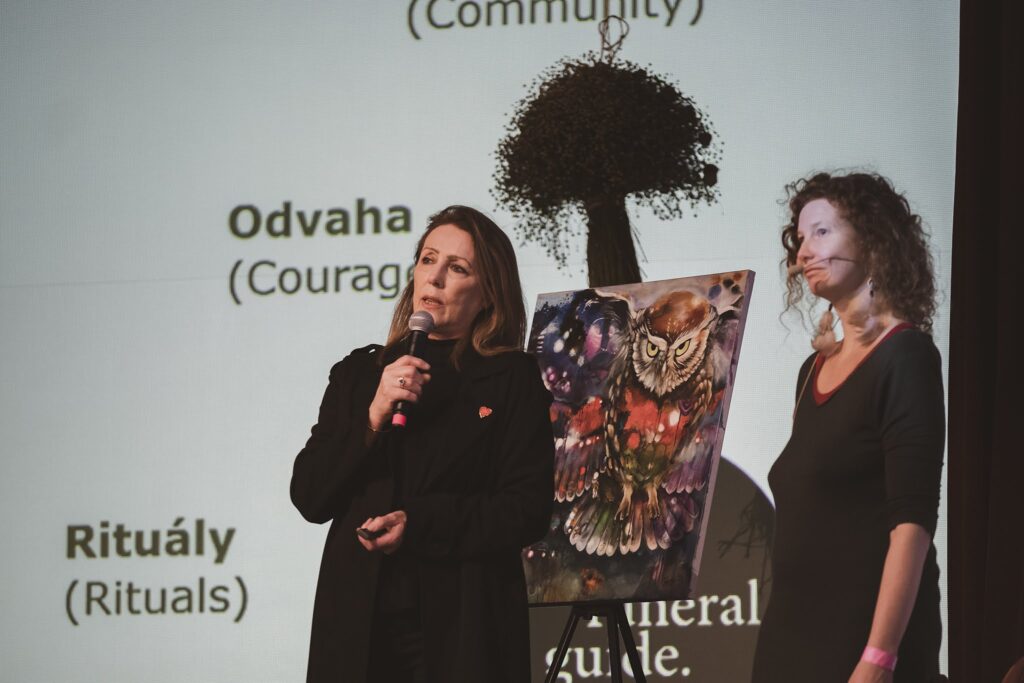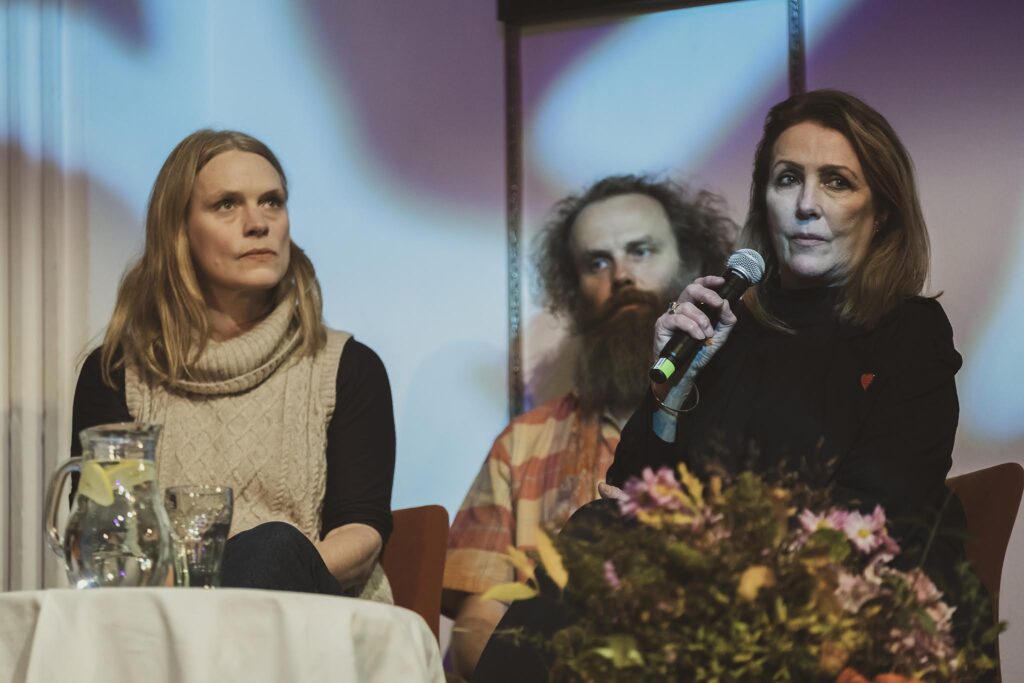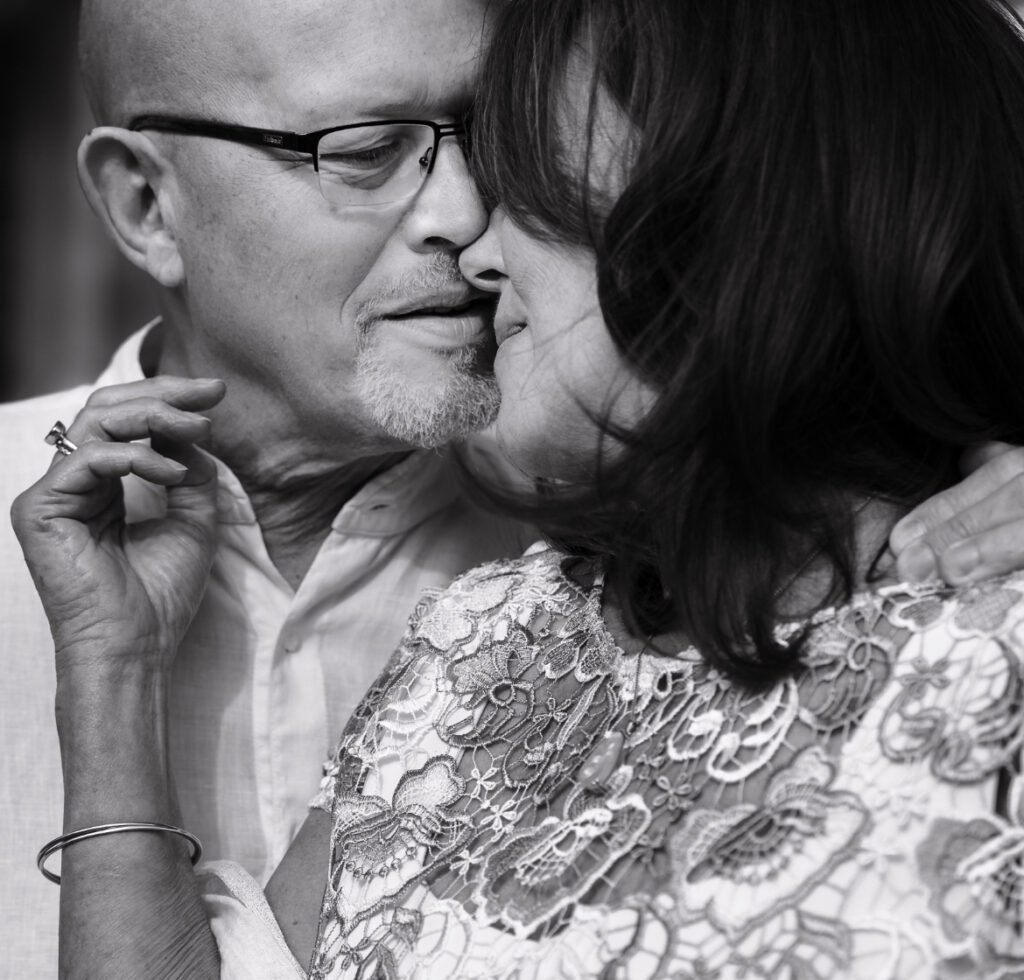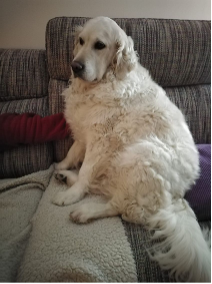We have a lot of thoughts about direct cremation.
Mostly, we have questions. Particularly about the pricing.
How are these ultra low costs for what is a labour-intensive service achieved?
Who is carrying out the physical collection and care of the people who have died? Where are they taken to? Where are they kept until the date of the cremation? In what facilities? Who has oversight of any subcontracted companies to ensure standards are maintained? What type of coffin will they be placed in? Will they be washed and dressed in their own clothes or just placed in the coffin as they were when they died? Are the bodies of these people cared for with the respect and dignity that you would want for a person you loved?
As an organisation dedicated to raising awareness about the difference that a good funeral can make to people’s experience of grief and bereavement, it is perhaps unsurprising that we’re not ardent advocates of the direct disposal of the body of someone who has died.
We understand that for some people, a direct cremation might be absolutely the right thing, but we caution very careful consideration of the impact of choosing not to have a ceremony with the silent presence of a coffin at its centre. We have seen enough wonderful funeral ceremonies to know what a transformative effect these can have on people still raw with loss and grief.
We encourage everyone to reflect on the importance of facing the reality of the death of someone they love by spending time with their body, by helping to care for it, to carry it, to be in the presence of their coffin at a funeral ceremony and to take time to allow the full impact of their absolute absence to gradually sink in.
We think that funerals matter.
For this reason, we are particularly unimpressed by clever advertising campaigns that reinforce the idea that nobody wants to have a funeral, that funerals equal ‘a lot of fuss’, that deciding to arrange a pre-paid direct cremation is the best way of looking after your family when you die. Marketing people know a lot about subliminal persuasion, and this narrative that funerals are an unnecessary, expensive nuisance is being insidiously planted in the minds of people who are already anxious about coping with the soaring cost of living and the energy crisis.
You can read our guide to direct cremation on the main GFG website here, where our general approach to the subject is laid out. We haven’t felt moved to comment further about it – until recently. But a number of things have brought direct cremation bubbling back to the top of topics for the GFG blog.
Our research for last week’s post about the price of cremation coincided with us noticing the relentless adverts for national direct cremation providers being played on Sky News in the background as we worked.
And then someone brought our attention to the plethora of ‘direct cremation’ companies springing up all over the internet offering bargain basement prices. Prices for the total direct cremation service that are less than a single cremation fee at many crematoria. Inexplicably low, ridiculous prices.
Like Celebration of Life, advertising their fee as ‘from £850’ – for the collection of a person from ‘anywhere in Great Britain’, the supply of a coffin, use of the mortuary facilities, the removal of a pacemaker if required and a direct cremation at the company’s ‘partner crematorium’. For an extra £40, you can have the ashes returned to you by hand. Again, anywhere in the UK.
Just stop and think about it for a moment. The costs involved with staffing and travelling to facilitate this service ‘anywhere in Great Britain’ don’t make sense unless you have a nationwide network of some sort.
But this particular company, Celebration of Life Cremations Ltd, is registered at a Southampton address. Not exactly a central location for facilitating their ‘trusted funeral services across Great Britain’. Or for getting a person to bring your ‘beautiful biodegradable scatter pod’ containing the ashes back to you ‘on a day that suits you’ for just an extra £40. What happens if you live in Cumbria? Or Aberdeen? Or Cornwall? How does £40 cover that service?
We had a look at the latest accounts for Celebration of Life Ltd. at Companies House and note that at the end of June this year, their net assets were £2,230, they declare over £75,000 of creditors and list just two employees.
This piqued our interest, and we started to take a closer look at the various providers offering nationwide direct cremation services as a solution to all the difficult financial and emotional impacts that a funeral ceremony appears to bring (according to their marketing pitches).
We found that the direct cremation providers offering services covering the entire country appear to fall into various categories; internet-based companies, cremator operator companies and funeral directing companies. Oh, and then Pure Cremation, which is a fully dedicated direct cremation company with its own crematorium.
We also realised that there seem to be some rather opaque, behind-the-scenes arrangements enabling the logistics of nationwide collection, cremation and return of ashes by the direct cremation companies that aren’t subsidiaries of funeral businesses.
Looking at the internet-based companies first, we have Farewill, a London based company that advertises their direct cremation as ‘from £950’ (but you need to contact them to get an exact quote). They are a subsidiary of a larger group whose principal activity is the provision of financial services. The group’s most recent filing at Companies House shows a loss after taxation for the year ending 31 July 2021 of £6,749,228. The previous financial year, group losses of over £4 million were posted. (Notwithstanding this, the directors ‘do not consider that there is any serious doubt over the ability of the Group to continue to operate for a period of at least twelve months from the date of this report’).
Incorporated as Bare Funerals UK Ltd at Companies House in January 2022, Bare Cremation seems to be a UK subsidiary of an Australian business with the same name – they certainly display the same 1,014 reviews on their clone version of the Australian website, and the sole shareholder of Bare Funerals UK Ltd is the Australian private company. Clients are assured that they operate across mainland UK, that people who have died are taken to a mortuary facility in Cannock, and that cremation will take place at one of several crematoria owned and operated by the Westerleigh Group. Bare Cremation appear to have taken advantage of the trade partnership offered by Westerleigh’s Distinct Cremations service, which offers exactly this service. The Bare Cremation £1,145 price is advertised as ‘one simple upfront price that includes everything. No footnotes, no extra fees, no surprises. Ever.’
Neo Cremations offer their ‘eco-friendly cremations’ at £1,295 plus doctor’s fee if applicable. Their website has lots of information about their environmental credentials and their carbon offsetting, but nothing about how they carry out the practical side of their work, nor where the cremations take place. Co-founded by a former partner in a global equity firm and a self-described ‘Accomplished ‘full funnel’ marketing executive’ , the company is based in London and is a trading name of Serenity Technologies Ltd, a company incorporated in 2019 which has one director. Their most recent accounts show that the average monthly number of employees, including directors, was 2.
Another company offering a direct cremation service for the extraordinarily low price of £850 is Tyde, based in Crawley, in Sussex. They operate a direct cremation service across England and Wales. Tyde Group Ltd’s most recent accounts at Companies House show the number of employees of this company as ‘Nil’, and a deficit of £49,992 total assets less current liabilities. Reading through their Ts & Cs we note that they state potential clients acknowledge ‘that elements of the funeral package and associated products will be fulfilled by our carefully selected partners’.
Remember that last line. Outsourcing the logistics is likely to be relevant to all internet-based direct cremation providers – and possibly also at times to cremator operator direct cremation providers.
Let’s have a look at those cremator operator direct cremation providers.
Distinct Cremations advertise their fee as £895. They describe themselves as ‘the UK’s best value direct cremation services, expertly delivered by the UK’s leading cremation services provider, at affordable prices’. They are the direct cremation service offered by The Westerleigh Group Ltd, a cemetery and crematoria development company with 37 crematoria across England, Scotland and Wales They have a purpose built mortuary in Staffordshire and a fleet of vehicles, along with a funeral team who carry out collections and the care of people who have died
The other cremation company that has diversified into direct cremation provision (thus generating the supply of coffins to be cremated) is Affordable Funerals, formerly known as Low Cost Funerals and a subsidiary of Memoria Ltd.
Advertising their Affordable Funerals direct cremation prices from £990, Memoria now have a Funeral Division (well, they will have if enough funeral directors sign up to do the work for them, we refer you back to our previous blog post) – in a wordy, minimally punctuated statement from Howard Hodgson, CEO, we are told; “My family have been funeral Directors since 1850. Today, we represent a national network of our own staff and funeral directing Memoria Brand Partners who combine to offer you a diverse choice of funeral packages that will suit the funeral service that your family feels is appropriate while being at a price you can feel comfortable with.”
Turning to the funeral directing businesses who belatedly entered the direct cremation market in a significant way; they have been playing catch up for a while. The funeral sector was slow to respond to the threat of the rise of direct cremation providers in general, and the well-funded Pure Cremation in particular.
All funeral directors have always been able and willing to provide unattended cremations if a client wanted, even if this service wasn’t particularly promoted to the public. Perhaps there was a level of complacency, or a lack of realisation about the power of clever marketing among the large funeral providers. Perhaps the delay was through caution about providing direct cremations that clients might choose rather than the more profitable full funerals that formed the bulk of their business.
No matter the reason for not reacting immediately, the largest funeral providers soon realised that they needed to respond to the new ‘nationwide’ direct cremation services. In 2016, Dignity introduced a separate online ‘trading style’ called Simplicity Cremations offering direct cremations, and Co-operative Funeralcare followed with their direct cremation package in 2017.
In 2018, Funeral Partners acquired four funeral homes and two sub brands offering direct cremations, retaining one of those sub brands before trialling a direct cremation offering called Simply in three of its branches later that year. The following year, the company launched a revised ‘Simply Funerals’ website.
Other large funeral directing companies have set up separate online direct cremation trading names – Liberty Cremations offers you the ability to arrange a £1,145 direct cremation remotely, ‘rather than going in to a funeral home’, separating the online direct cremation service from the parent company CPJ Field & Co, a large, independently owned business with 37 funeral homes.
While the established funeral companies had been getting organised, the stand-alone company that now dominates the direct cremation market had been consolidating its advantage. Pure Cremation are possibly the best-known UK direct cremation provider, not least because of their extensive TV advertising campaigns and carefully cultivated public relations.
Formed in 2015 by a husband-and-wife team who had previously run a funeral company in the Midlands, Pure Cremation started operating their service using an arrangement with Memoria crematoria, before building their own crematorium in Andover. The crematorium has large mortuary facilities to accommodate the volume of bodies delivered to them for cremation by their teams of staff and by funeral directors taking advantage of their low fees (as we noted in our blog post last week, Pure Cremation offer funeral directors across England and Wales a very low-cost cremation fee under a trade partnership, as well as directly marketing their full direct cremation service to the public.
Pure Cremation charge their trade partners £250 per cremation fee if the coffin is delivered to them and the ashes are collected, while for members of the public booking a direct cremation directly (or via a non-trade partner funeral director) at Charlton Park crematorium, the cremation fee is £450. A complete direct cremation booked via Pure Cremation themselves will cost ‘from £1,295’ (An additional fee is required for collections from non-hospital settings).
Their business strategy seems to be working; Pure Cremation was the subject of a speculative article by Sky News earlier this year postulating valuation of their company at over £400 million, while recent filings at Companies House indicate that the couple who created the company have now relocated to Monaco (a move requiring a deposit into a bank in Monaco of between €500,000 and €1 million from each applicant, unless the applicant is employed by a Monaco company, or is forming a company that will employ at least 10 citizens of Monaco).
So, the direct cremation provider landscape is, as we have seen, a significantly varied one. Faceless tech companies with fancy websites and no practical funeral experience jostle for position on the internet against diversifying crematoria companies and established funeral businesses, all taking advantage of the growing awareness of the possibility of an unattended funeral imprinted on the public consciousness, which is mainly courtesy of Pure Cremation’s ample advertising budget.
Some of the companies involved are young and unproven, some are making a financial loss, some are making an absolute fortune. Some are experienced funeral professionals, others have no experience of the practical work involved and their business model reies on contracting this part of their service out to others, with behind-the-scenes agreements with funeral directors who facilitate the logistics, ‘trusted partners’ sending staff to collect people who have died and deliver them to the chosen crematorium, under whichever company’s name that the client has chosen.
The very low costs advertised by some of these companies can surely only be facilitated by stripping back all the costs involved, until just the essential services are provided – after all, there is very little margin in a total fee of £850, when all the elements are considered. Those sub-contractor funeral businesses carrying out the practical aspects of the service must be doing so on a shoestring.
We have heard some really alarming stories about poor standards of care; mass storage of bodies awaiting cremation in unsuitable facilities, small funeral businesses with inadequate facilities carrying out sub-contracted services for a large direct cremation provider and failing to meet even the most basic of expectations of care of the people who have died.
When there is a race to the bottom on price, standards will inevitably slip somewhere along the line. Very unfortunate if it happens to be your relative who isn’t cared for the way that you would want – but then, how would you know? Once a person has been collected and taken away for a direct cremation, they have disappeared completely.
Direct cremations are, effectively, a straightforward disposal service, a logistical problem to solve that requires labour and transport and the provision of storage and a coffin. Online advisors and telephone operators guide clients through the paperwork, while anonymous teams of staff do the collecting, encoffining and delivering. Sometimes, people who have died will be washed and dressed before being placed in their low-cost coffin, other times not. Cremated remains are scattered or returned to the client as required.
The whole thing can be arranged without leaving your home, the ‘fuss’ of a funeral is neatly sidestepped and the dead person is lawfully disposed of for you. You are then ‘free to arrange a celebration of their life at a time to suit you.’ We wonder how many times this doesn’t happen.
As we said in the introduction, direct cremation is right for some people. In the Competition & Markets Authority Funerals Market Investigation Final Report 2021, the CMA notes that ‘direct cremation meets some specific needs: for some, a desire for a non-traditional funeral, with a service/celebration planned separately; for others, a low-cost alternative where no service is needed or wanted at all (for example, where there is no close family or it is a better reflection of the deceased’s values or wishes). Price does not therefore seem to be the only driver for choosing a direct cremation.’
The CMA continues ‘Despite large price differences between direct cremation and other funeral types, direct cremation accounts for a very small proportion of funerals and is expected to continue to be so in the next few years. Following the introduction of direct cremations at a price significantly below their other funeral packages, the proportion of customers who chose it was small: [5-10]% of Co-op’s customers in the months it was available, and [0-5]% of Dignity’s customers. We set out in Appendix I (paragraph 58) evidence that indicates direct cremations are expected to remain a small part of the market.’
But while it remains a small part of the market, it is a growing one. And that brings with it important questions that need to be asked, as we outlined at the start of this post.
And what about the effect on the environment of these national providers? As a comment on our blog post about the cost of cremation last week pointed out, the focus on centralised, non-attended funerals is extraordinarily bad for our carbon footprint. Every day, vans drive up and down the country to collect people who have died and deliver them to a crematorium to be cremated without ceremony. We don’t think this is a good thing at all when an unattended funeral could be organised locally, by a funeral director who is personally accountable.
Direct cremation that is chosen knowingly, after discussions with family members is one thing, direct cremation that is decided on without understanding the importance of bereaved people experiencing a funeral is another. We would urge anyone tempted to ‘save their families the expense’ or to avoid ‘all that stress’ of organising a funeral to think carefully before buying a pre-paid direct cremation for themselves. Your family may well be distraught at having to follow your wishes when all they want is to create a beautiful, low-cost farewell that will help them face the future without you.
For members of the public thinking about their own future funeral, talk with those close to you. Talk to your local funeral director. Do your research. Don’t fall for the manipulation of ‘looking after everyone’ or ‘putting your family first’ by taking the task of organising a funeral away from them. It is not what most people need in those awful days following the death of someone beloved.
Funerals matter. We have them for a reason.
Oh, and finally, and just for the record, don’t believe the guff about David Bowie having a direct cremation of the kind touted in the marketing material and adverts we all see.
He didn’t.
